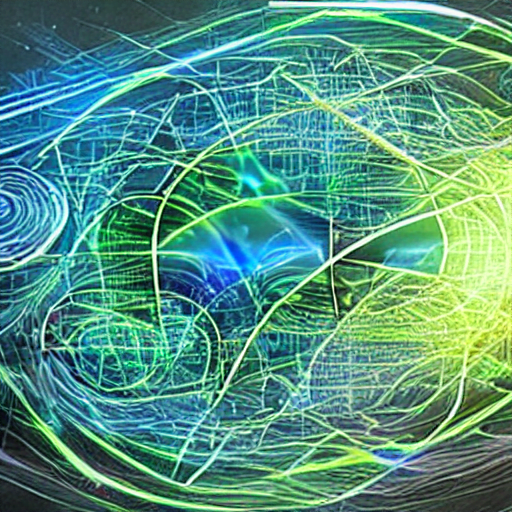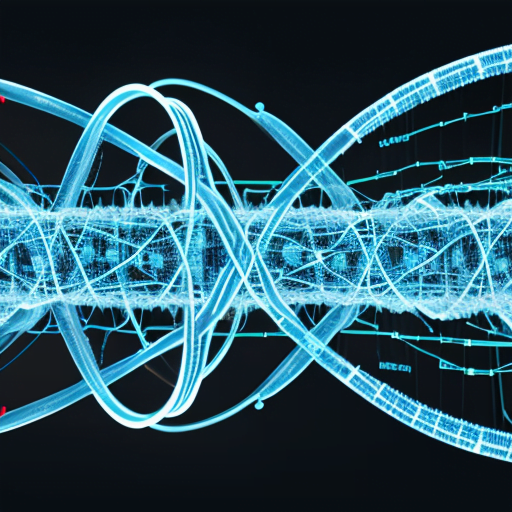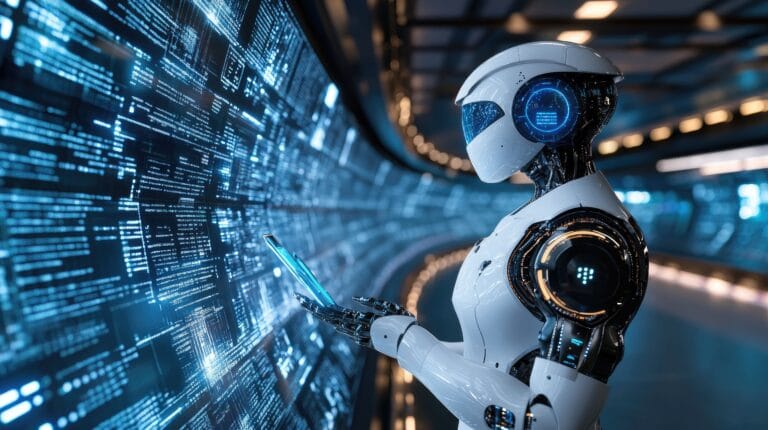Sensor fusion, the process of integrating data from multiple sensors to provide a more comprehensive and accurate view of the environment, has become increasingly significant in various fields. From autonomous vehicles and drones to health monitoring and industrial automation, the ability to combine and process information from different sensory sources provides an enriched context and enhanced situational awareness.
Deep learning, a subset of machine learning characterized by deep neural networks, has shown outstanding capabilities in extracting patterns and information from large datasets. Its integration with sensor fusion can bring transformative benefits.
Noise Reduction and Data Refinement
Every sensor, regardless of its precision, is prone to noise and occasional inaccuracies. Deep learning models can be trained to recognize and filter out sensor noise, thereby enhancing the quality of raw data. By identifying outliers and inconsistencies across multiple sensors, deep learning can ensure that the fused data represents the real-world scenario more accurately.
Feature Extraction and Recognition
One of the core strengths of deep learning is its ability to automatically extract relevant features from data. When applied to multi-sensor data streams, it can determine the most significant characteristics from each sensor, enabling better object recognition and scene interpretation. For instance, in the context of autonomous vehicles, it might combine radar data, which can detect objects even in poor visibility conditions, with camera data that offers rich visual details, to recognize and classify objects with high accuracy.
Temporal Consistency
Deep learning models, especially recurrent neural networks (RNNs) and Long Short-Term Memory (LSTM) networks, are designed to handle sequential data. They can maintain a level of ‘memory’ from previous data points. This is highly beneficial in ensuring that the fused data from sensors is temporally consistent, accounting for dynamic changes in the environment.
Adaptability to Different Environments
As conditions change, the importance or reliability of one sensor might vary relative to others. For instance, a camera might be less reliable in foggy conditions while a LiDAR system remains relatively unaffected. Deep learning models can dynamically weigh the contributions from different sensors based on the context, ensuring optimal fusion at all times.
Scalability
As the number of sensors increases in a system, the complexity of fusion grows exponentially. Deep learning offers a scalable solution, as it can handle vast amounts of data seamlessly, extracting the necessary information without being overwhelmed.
Predictive Capabilities
With the inherent ability to recognize patterns, deep learning can predict future sensor readings, allowing for anticipatory adjustments. For instance, in the case of an autonomous vehicle, predicting the path of a pedestrian based on previous movements can allow the vehicle to make preemptive decisions.
Real-time Processing
Modern deep learning architectures, when coupled with powerful hardware accelerators, can process multi-sensor data in real-time. This is crucial for applications like autonomous driving, where even a split-second delay can have serious consequences.
Efficient Compression
Deep learning can efficiently compress data, allowing for storage of only the most relevant information from the fused sensors. This is particularly useful when dealing with bandwidth constraints, ensuring that the most crucial data is transmitted without unnecessary overhead.
Conclusion
The synergies between deep learning and sensor fusion hold immense potential. As sensors continue to proliferate in our interconnected world, the need for effective fusion mechanisms becomes paramount. Deep learning provides the tools to not just combine this data, but to extract richer insights, enabling more intelligent, responsive, and adaptable systems across a myriad of applications.







